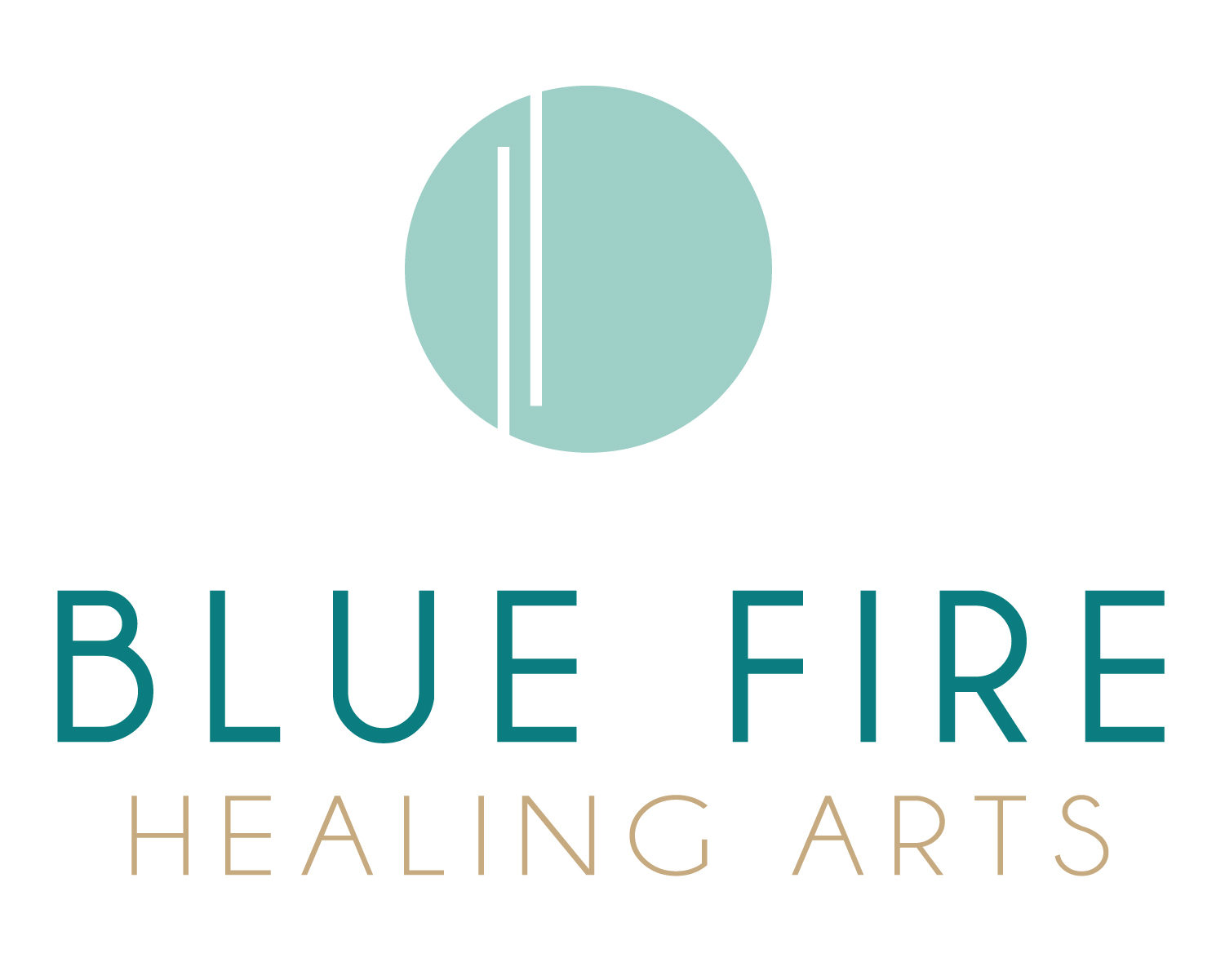In the teachings of traditional Chinese medicine the Lung is much more than a physical apparatus. It is a system of functionality within the body that includes breathing, the strength and quality of the voice, functioning of the the nasal passageways, sinuses, throat, lungs, and skin. The Lung regulates and distributes water in the body, and when it is malfunctioning it produces pathological phlegm, or mucus, that can obstruct the nose, throat, voice, lymph pathways, skin, and chest.
Note: in this post, when referring to the entire system of influence from a traditional Chinese medicine perspective the name of the organ will be capitalized: the Lung, the Heart etc. When referring to to the biomedical model of the discrete organ it will be lower-case: the lungs.
Lung and Large Intestine are the organs of the metal element, or better called the metal phase. Metal is about the functions in nature related to purification and boundaries- that is letting in and letting go- and the emotion of grief around the process of letting go. On a basic physical level as we breath in we are connecting to the outside world, we are literally bringing in the air of the world into our bodies and into our blood. When we exhale we are letting go of metabolic waste products that if kept in our bodies would be very harmful.
The Lung also houses a particular aspect of the spirit, called the po, the corporeal spirit. The Lung plays the role of minister within the body, advising and protecting the Heart, the emperor.
Thyroid: the Gland of the Lung
Even though Chinese medicine did not acknowledge the thyroid gland as a discrete gland, it is still considered part of the Lung function.
The fascial planes that separate the different layers, sections, tissues, and organs in the body run along specific pathways to organize the body. There is evidence that the fascial planes correspond closely to the channels in Chinese medicine theory, one of the best physiological explanations for the connection between limbs and organs.
In the case of the thyroid and Lung channel there is a specific fascial plan, the precervical fascia, that connects the thyroid gland to a key point on the Lung channel located on the outer chest. Functionally the thyroid hormone regulates cellar respiration, as well as breathing and heart rate. Embryologically the lungs and the thyroid both grow from the primitive pharynx.
Physiologically the only actual connection the lungs have to the rest of the body is the larynx, the voice box, so the “quality of the voice” as diagnostic for the Lung has a clear physiological reason.
Lung and Blood

In the biomedical model the shape of the lungs are very similar to a tree, where the “trunk of this tree is our windpipe, the branches are the main bronchi, the twigs are the bronchioles and finally the leaves are the alveoli. (Keown)”
The blood is “wafted” from the heart into smaller and smaller waterways until it is a single blood cell that can interchange carbon dioxide and oxygen with the alveoli. The space between the alveoli serves the same function as the space between the leaves on a tree- for sunlight, or in the case of the Lungs, spirit, to circulate.
Lung and Heart
The Heart and Lung are both located in the uppermost part of the thorax, or upper jiao, and both have roles on governing or overseeing the other organs. In Chinese medicine the Heart is called the emperor and the seat of the spirit, the shen which is translated literally as heart-mind. The Lung is the minister and regulates and filters what reaches the emperor. Therefore breathing exercises to strengthen and purify the lungs, used in many systems of spiritual practice such as meditation and yoga, are important to relax and calm the heart-mind, the spirit.
Breath and Spirit
Breath is linked to spirit in almost all cultural traditions. Air is the most rarified element and the closest to the invisible source of life. When we breath we take in this invisible force that grants us life at each moment. Most spiritual exercises such as meditation, qigong, yoga etc. involve an awareness of the breath to attune more to the spiritual aspect. The Lung is called the “delicate organ” in Chinese medicine and is easily damaged by outside pathogens. Yet this same delicacy allows the most subtle and spiritual element to enter into our bodies and transform into our life force.
Pathologies of the Lung
 Allergies, asthma, shortness of breath, phlegm or mucus in the nose, sinuses, throat, or chest, nosebleeds, disliking of speaking, sore throat, sinusitis, rhinitis, emphysema, cough, common cold, unresolved grief, low immunity. The Lung “system” encompasses all of these types of pathologies, which are caused by a deficiency of qi, or proper movement and functionality of the lungs, the thyroid, cellular respiration, blood nutrient exchange, and state of the heart-mind. These physical organs and glands are connected by the conductive fascial planes that travel down the anterior chest and arm, and therefore stimulating a point on the arm can treat these pathologies.
Allergies, asthma, shortness of breath, phlegm or mucus in the nose, sinuses, throat, or chest, nosebleeds, disliking of speaking, sore throat, sinusitis, rhinitis, emphysema, cough, common cold, unresolved grief, low immunity. The Lung “system” encompasses all of these types of pathologies, which are caused by a deficiency of qi, or proper movement and functionality of the lungs, the thyroid, cellular respiration, blood nutrient exchange, and state of the heart-mind. These physical organs and glands are connected by the conductive fascial planes that travel down the anterior chest and arm, and therefore stimulating a point on the arm can treat these pathologies.
Reference
Daniel Keown, The Spark in the Machine: How the Science of Acupuncture Explains the Mysteries of Western Medicine



